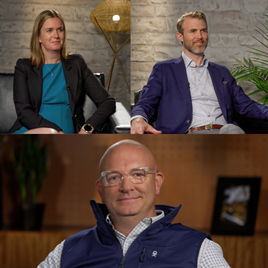Jun 20 2022
Practical ways financial advisors can adapt to new technology
Topics covered
COVID-19 has completely transformed how we handle financial advisory. In today’s digital-first world, it has become essential to quickly change and adapt to the evolving business landscape driven by technology.

For instance, my team and I had to change our approach to presenting and communicating information to clients. It was also crucial to enhance our after-sales services as there was no physical interaction, and every client query needed to be addressed as soon as possible. Earlier, we used to collect all the documents from the client manually. But now, we receive them in the form of soft copies online. So yes, the nature of work has definitely changed after the COVID wave, and we must adapt to it ASAP; otherwise, we would start losing clients to the competition.
For concepts like working from home or remote working, it is vital to learn how to use different gadgets and apps to connect with clients and create meaningful conversations. And this can be possible only when you have high-speed internet and ample storage facility to record these client insights and leverage them to make more informed decisions. While transitioning to this new work culture, training also plays an important role. We need to keep ourselves updated by learning how to present online using Google Duo, Zoom or any other app/platform. Thanks to online learning modules and courses that have made online learning seamless, even for first-time users and learners.
While digitizing work has become critical, we must not forget to apply a few traditional practices throughout the process. To begin with, you must divide your clients into two or three categories and follow up with them at specific intervals. Take feedback after giving them financial advisory services or consultation.
Once you receive feedback, make changes in your working approach to improve client management and ensure a seamless user experience. There is no doubt that the working style of financial advisors has changed after the pandemic, but the success mantra still remains the same.
Contact: MDRTeditorial@teamlewis.com












